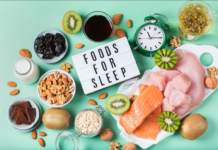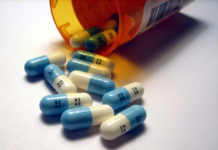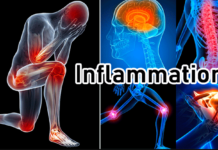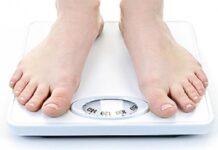Bipolar disorder, manic depression, is a disease related to mental illness. It causes unusual mood shifts, energy, activity levels, concentration, and the ability to carry out daily tasks. However, bipolar disorder has three types.
- Bipolar 1 disorder
- Bipolar 2 disorder
- Cyclothymic disorder
Bipolar disorder has no effective treatment, for it does not have a cure. This treatment assists you in managing mood shifts and improves your quality of life.
Bipolar 1 disorder
In bipolar 1 disorder, you may experience hypomanic experience, generally less severe than manic episodes or major depressive episodes. These diseases make no exception regarding age and equally affect everyone.
Bipolar 2 disorder
It is diagnosed when a person experiences a regular depressive episode, but full manic episodes are not experienced. However, we can say bipolar 2 patients have more significant, lasting, and severe bouts of depression. Here are some symptoms of these episodes.
- Decreased need for sleep
- Excessive spending
- Moving frequently from one idea to the other
- Hypersexuality
- Increased energy and hyperactivity
- Inflated self-image
- Making and pursuing grandiose, unrealistic plans
- Rapid, uninterruptable, or loud speech
- Substance abuse
It can be diagnosed through physical examination and psychiatric evaluation.
Cyclothymia
People with cyclothymia experience different episodes of hypomania and depression. These episodes include shorter, less severe symptoms than the mania and depression caused by bipolar I or bipolar II disorder. Most people with this condition are free of mood symptoms for only a month or two.
Doctors may refer to types of bipolar disorder when discussing the diagnosis.
Some people experience distinct mood symptoms that resemble but do not exactly match these three types. If so, it may be diagnosed as
- Certain Other Bipolar and Related Disorders,
- Unspecified Bipolar and Related Disorders
To be diagnosed with bipolar disorder, a person must have had at least one manic or hypomanic episode. Both involve arousal, impulsiveness, and high-energy feelings, but hypomania is considered less severe than mania. It can cause it. There are usually no symptoms of hypomania. Some people with bipolar disorder also experience major depressive episodes or “low moods.” These three primary symptoms – mania, hypomania, and depression – are the main characteristics of bipolar disorder. Different types of bipolar disorder have different combinations of these symptoms.
Bipolar I Symptoms
Diagnosis of Bipolar I disorder requires: One or more manic episodes lasting at least 1 week with symptoms that interfere with daily life unrelated to another medical or psychiatric condition or substance use. They may also have symptoms of psychosis or both manic and depressive symptoms (known as mixed functioning). These symptoms can include severe. If you have any, it’s worth seeking professional help as soon as possible (more on that below). You don’t have to experience an episode of hypomania or depression to be diagnosed with bipolar I, but many people with bipolar I report these symptoms.
Bipolar II symptoms
At least 1 episode of hypomania with 3 or more hypomanic episodes lasting 4 days or more extended Hypomania-related changes in mood and normal functioning that may be noticed by others but do not necessarily affect daily life at least one major depressive episode lasting more than 2 weeks. At least 1 major depressive episode with 5 or more major depressive symptoms that significantly impact daily life symptoms unrelated to another medical or psychiatric condition or substance use.
Conclusion
Bipolar disorder is a lifelong condition, but that doesn’t mean your life has to be completely disrupted. You can improve your overall health and minimize symptoms by sticking around, practicing regular self-care, and relying on your support system.

















